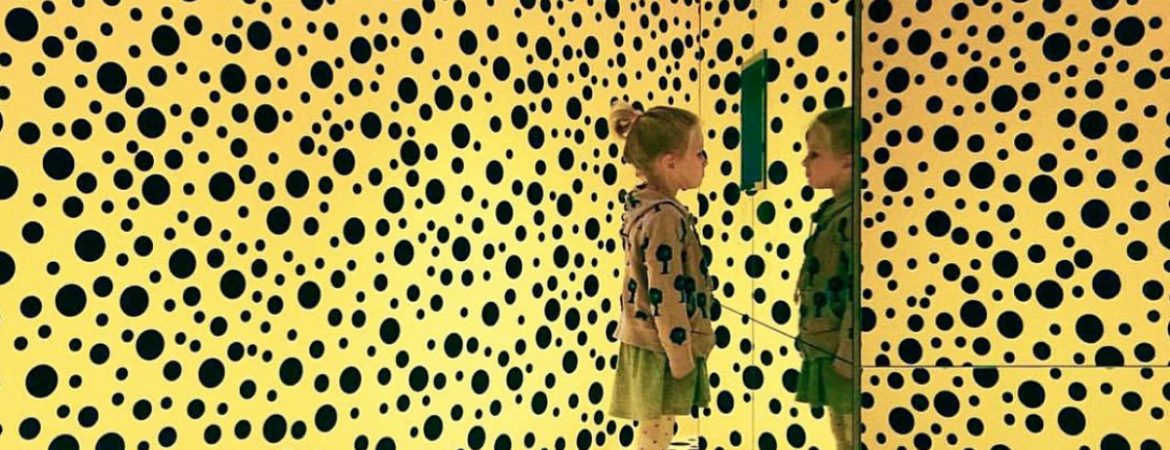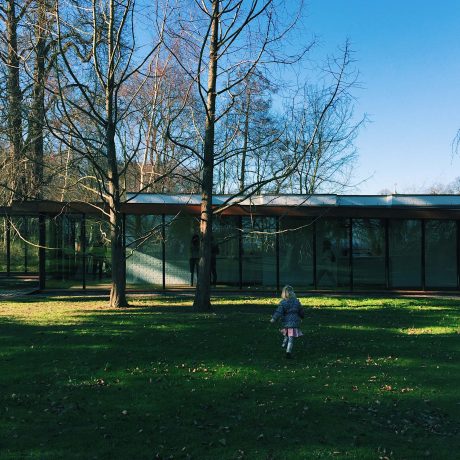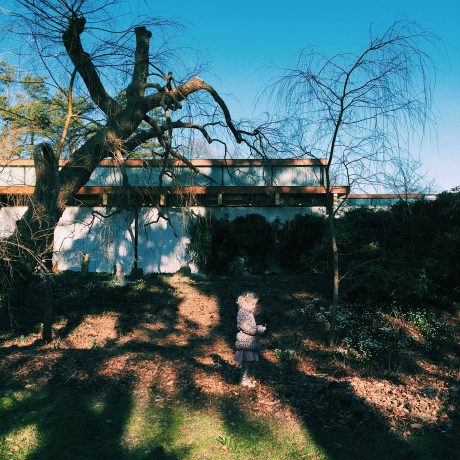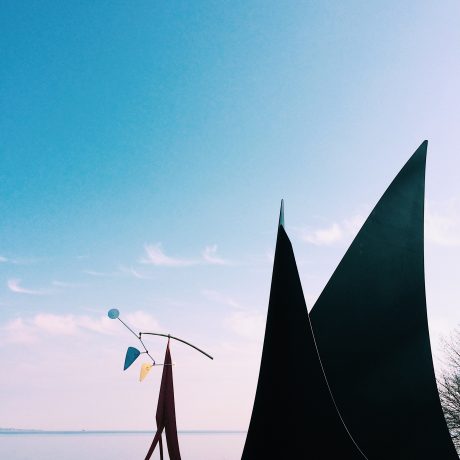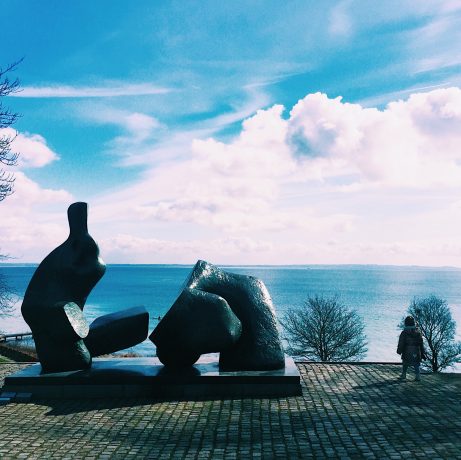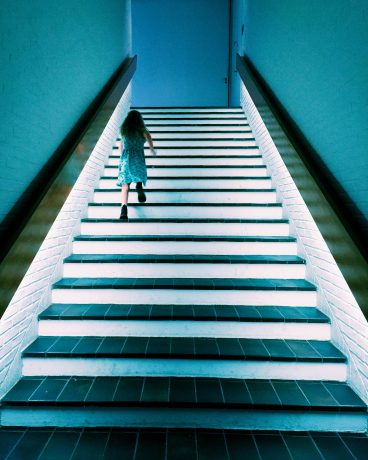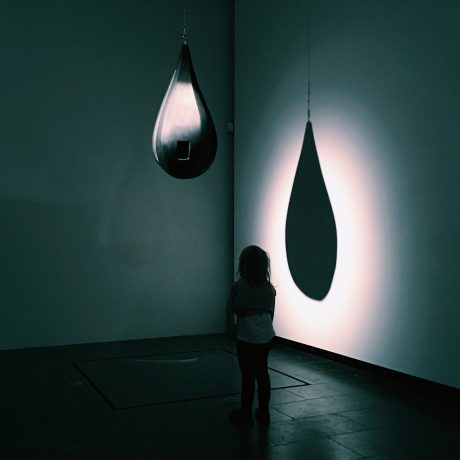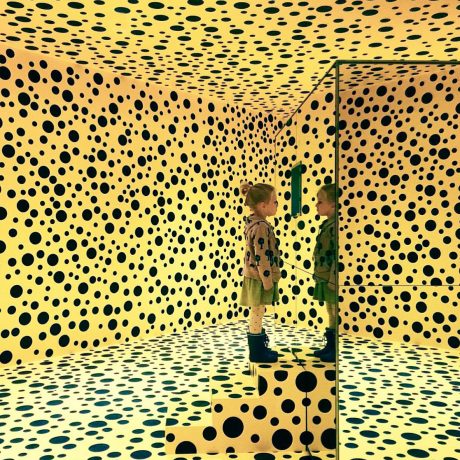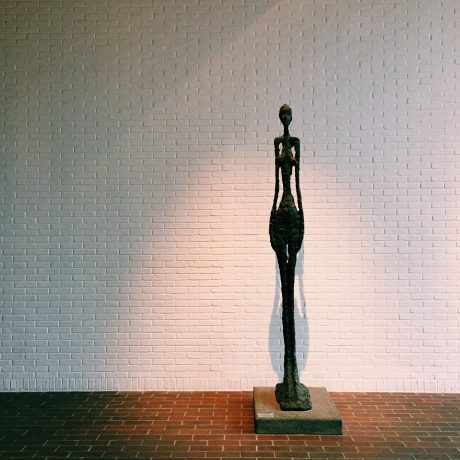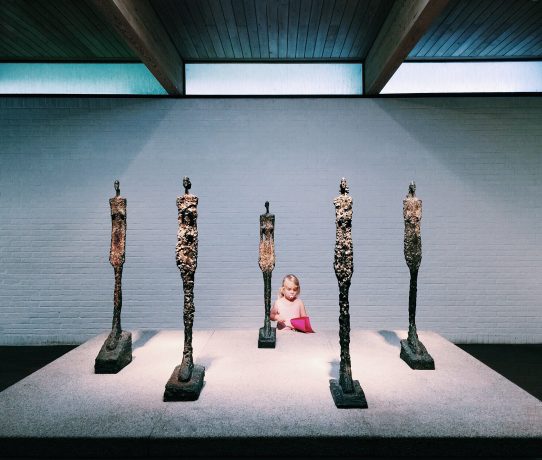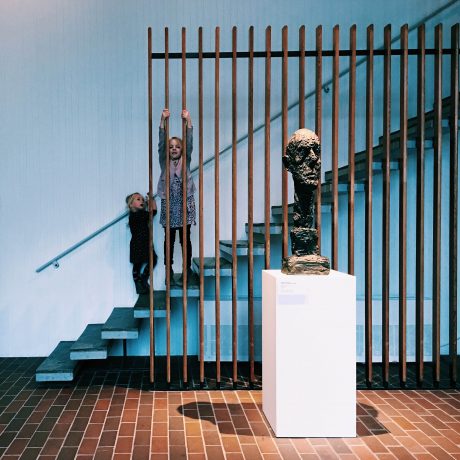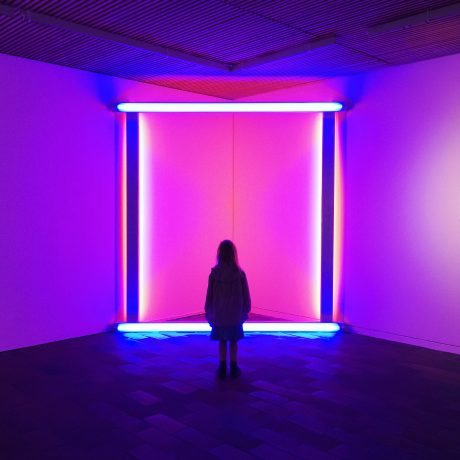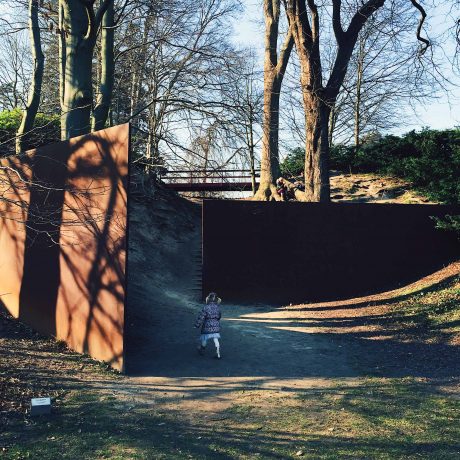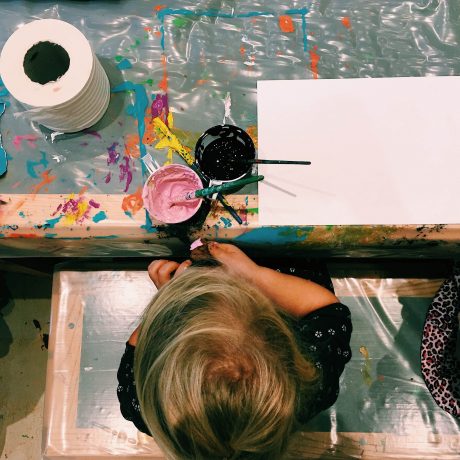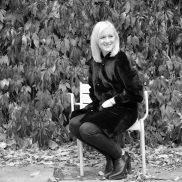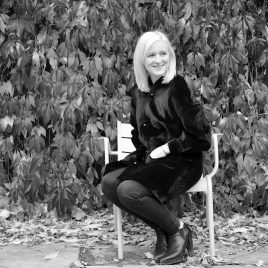With more than 700.000 visitors a year, Louisiana is Denmark’s most popular art museum – and with good reason. Louisiana has everything: a uniquely recognizable architectural profile, a permanent collection to die for, a stunning ocean view and several large special exhibitions each year. Naturally the museum has become a must-see for tourists, a hangout spot for locals and a popular weekend destination for Copenhageners. Also, Louisiana is a very family friendly museum with an entire wing dedicated to children with workshops, a Lego room, guided tours and much more.
Louisiana Museum of Modern Art is located in Humlebæk north of Copenhagen. It takes about an hour to get there by train from the capital, but it's definitely worth the trip. The museum was founded in 1958 by Knud W. Jensen, heir to his father's cheese company, and a passionate art lover. With Louisiana, Knud W. Jensen dreamed of giving the Danish people the opportunity to experience modern art in beautiful surroundings and a friendly atmosphere. He wanted to attract a broader audience, and to create a museum with a soul. Knud W. Jensen's art dream came true, and although the founder died in 2000, Louisiana remains a magical place for experienced art lovers, families with kids, young people, old people and everyone in between. Louisiana has an extensive permanent collection of modern and contemporary Danish and international art with works by Picasso, Giacometti, Calder, Warhol, Flavin, Lichtenstein, Klein, Kiefer, Baselitz, Kusama and many more. The museum is considered a major work of Danish modernist architecture, and the low buildings, which are connected by long glass corridors, seem as understated as they are elegant. Louisiana also has a great museum shop and a café overlooking the park, which is complete with an impressive collection of sculptures by Henry Moore, Richard Serra, Jean Arp and others. Standing on a green terrace in front of the café are three large sculptures by Alexander Calder, and on a clear day you can see Sweden on the opposite side of the ocean.
In 2015 the museum broke its own visitor record with the exhibition of Japanese artist Yayoi Kusama's pumpkins and dots. Suddenly all of Denmark, and large parts of Sweden, had to take a selfie with Kusama's signature dots. We were no exception of course, and my Instagram feed was spotted for months. The Kusama exhibition really put Louisiana on the map, and it seems to me that since then, the glass corridors and exhibition rooms have been even more crowded than before. I have taken my girls, Bella (4 y/o) and Olivia (6 y/o), to Louisiana since they were babies. I grew up in Humlebæk within walking distance of the museum, and it has always been very close to my heart. My girls love it there – maybe because the space really is very open and welcoming, and so, so beautiful. In the springtime when the large magnolia on the front lawn is in bloom, in autumn when the leaves are yellow and red, in winter when the sculptures in the park are covered in snow and in summer when the lawn is covered with people having coffee and kids having fun.
This winter Louisiana is showing the strange and disturbing 'cells' of French artist, Louise Bourgeois. Having already seen the exhibition at the opening, I had decided to show my girls only a few of Bourgeois' sculptures this time, and then visit the rest of the museum instead. However, Bourgeois didn't really catch their attention, and the dimly lit rooms were too dark for Bella's taste. We talked a little about the artist and her childhood and about parents and children, but the girls wanted to visit the Children's Wing. Louisiana can feel a little mazy to a first-time visitor. You enter directly into the museum shop, and from there you can go left, right, downstairs or outside. Luckily, my girls know exactly where to go, and I often have to remind them not to run down the long glass corridors sided with sculptures by Max Ernst and Henry Heerup. The Children's Wing, or Børnehuset in Danish, was established in 1994. I was actually at the opening with my mom that year – I was 12 years old. The Children’s Wing is all for the kids. No museum guards, no one shushing and everything is touchable. In the open workshops kids get to be creative and learn about the current special exhibition through fun activities supervised by friendly art professionals. The Children’s Wing also has a reading room, a Lego room and creative workshops on the lower floors for older kids. My girls love to paint and sculpt, and I love to watch them while I have a coffee and enjoy the calm and creative atmosphere that surrounds kids when they are being artsy. We often stay in the Children’s Wing for about an hour. This time the girls wanted a snack in the café, so we put their paintings up for drying, and headed for the café. On the way there, we passed Giacometti's tall sculptures, that I remember from my own childhood. The girls really like them, and they also like the stairs next to them, where they jump and climb until other visitors start getting annoyed.
The café at Louisiana is part of Knud W. Jensen's original idea for the museum. Although his contemporaries were appalled, he wanted his museum guests to have a nice time and to him, this included coffee and cake. Early critics called it vulgar to have a café so close to the art, but looking at museums today, I would say that Knud W. had a pretty good idea about what the public wanted. In the café my girls got a table with an ocean view, and I bought them each a 'children's box' which includes a rye bread/chocolate chip bun, a cheese stick, some vegetables, dried fruits and a banana. I got the always delicious buffet, which costs 139 DKK per person. After lunch we put on our jackets and went outside to look at the beautiful museum park. The girls played tag, and I instagrammed them hiding behind sculptures by Míro, Arp and Henry Moore. We never leave Louisiana without a look in the museum shop, where an entire corner is dedicated to kids with toys and children's books. The shop also has an impressive display of Danish design, beautiful clothes, crafts, ceramics and art books. The girls got a book about colors, and I got a book about Louise Bourgeois. Everyone was happy, and the shop was a nice way to end our museum trip.
Although we live an hour away in Copenhagen, we visit Louisiana very often. I love how the museum has managed to stay true to the founder's idea about a museum for everyone. I truly believe that even museum first-timers will feel welcome there. For the not so artsy types, there's the architecture, the park and the ocean to enjoy, and in addition to that, there's the museum shop and the café. All in all Louisiana is close to the perfect museum experience, and is definitely a must-see if you're in Denmark.
